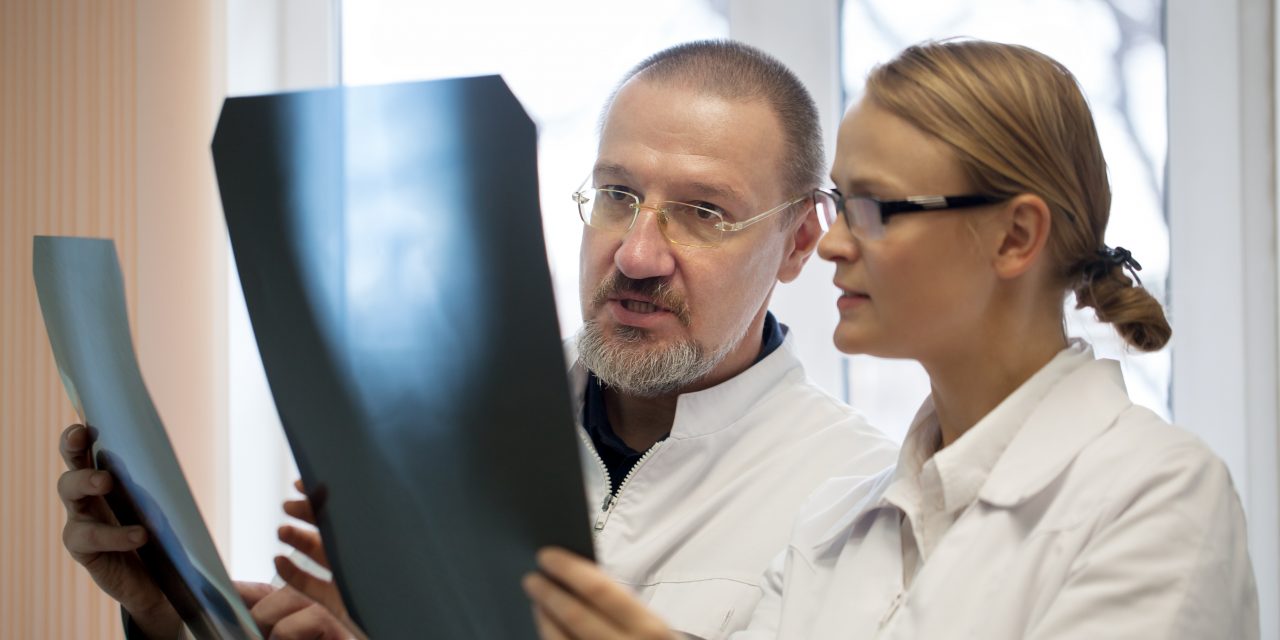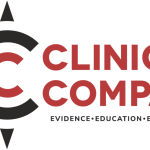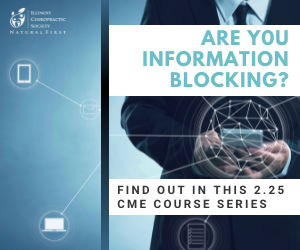
Responsible Use of Radiation Producing X-Rays

Evidenced-based care is no longer coming, it has arrived. Provider profiling, including data points on outcomes, frequency of care, the expense associated with patient management, and patient satisfaction has been gathered. This article is intended to bring you up to date with imaging guidelines.
Why do you take images? Are you looking for pathology? Are you looking to support subluxation listings? Are you demonstrating the need for treatment at your report of findings? Let’s take a brief look at what the literature tells us about the responsible use of radiation producing x-rays and imaging guidelines.
Key Recommendations
In 2007, the American College of Physicians (ACP) and American Pain Society (APS) published a joint clinical practice guideline on diagnosis and treatment of low back pain with the key recommendations as follows:
- Do not routinely obtain imaging or other diagnostic tests in patients with nonspecific low-back pain,
- Perform diagnostic imaging and testing when severe or progressive neurologic deficits are present or when serious underlying conditions are suspected, and
- Evaluate patients with persistent low back pain and signs or symptoms of radiculopathy or spinal stenosis who are candidates for surgery or epidural steroid injection. (1)
Red Flags
In 2009 the American College of Radiology published consensus-based criteria on the appropriateness of imaging for various low back pain scenarios that were consistent with the ACP/APS guidelines. Imaging was deemed inappropriate in uncomplicated low back pain with or without radiculopathy in the absence of the following red flags:
- Recent significant trauma or milder trauma at an age older than 50,
- Unexplained weight loss,
- Unexplained fever,
- Immunosuppression,
- History of Cancer,
- Intravenous drug use,
- Prolonged use of corticosteroids or osteoporosis,
- Age older than 70 years,
- The focal neurologic deficit with progressive or disabling symptoms, or
- Duration longer than 6 weeks. (2)
Guidelines
These imaging guidelines are excellent indicators that assist in guiding our clinical decision making. Often images of the lumbar spine will reveal abnormalities, but are these abnormalities clinically relevant? One particular study found the following of asymptomatic persons aged 60 years or older: 36% of those patients had a herniated disc, 21% spinal stenosis and 90% a degenerated or bulging disc. (3) We can, therefore, deduce from this information that there is a high likelihood that there will be “abnormal” findings on MRI. However, those findings may lead to unnecessary services, as they may not be associated with the patient’s symptoms. Even more concerning, patients knowledge of clinically irrelevant abnormal findings on imaging may hinder recovery by causing them to worry more, focus excessively on minor back symptoms, or avoid exercise or other recommended activities because of the fear that they could cause more structural damage (4).
Routine lumbar radiographs have little to no effect on clinical outcomes because imaging results rarely affect treatment plans. In a review of 68,000 lumbar radiographs, clinically unsuspected findings occurred in an estimated 1 of every 2,500 patients between 20 and 50 years of age. (5) Based on this information, there may be very little use for the use of lumbar radiographs in acute back pain, however, there will be a significant exposure of the patient to radiation. The amount of female gonadal irradiation from lumbar radiography has been estimated as equivalent to having chest radiography daily for several years. (6)
Abnormal Findings
As mentioned before, there is a high likelihood that there will be abnormal findings on lumbar spine imaging. Naturally, these imaging abnormalities may be viewed as targets for surgery or spinal injections. In a study of patients who had MRI in the first month after injury in work-related injuries, there is an 8-fold increase in risk for surgery and more than a 5-fold increase in subsequent total medical cost compared with propensity-matched control patients who did not have early MRI.(7)
Conclusion
The use of imaging can be a difficult subject with those patients who are in pain. Often, it takes a great deal of patient education for them to realize that there is little justification in the use of imaging because, by the time we have the image findings, we have already assessed the patient and have a complete understanding of their problem. Which brings me to my last point. As Chiropractic Physicians, our examinations are not a quick bang on a reflex, look at an image and make a decision. We take the patients through detailed examinations and listen to their history. Every provocative test we perform provides a piece of useful information that allows us to reach a better understanding of their complaint. If we continue to examine patients in this manner, provide the excellent care that we provide on a daily basis, and only utilize those services (imaging) that will advance the resolution of the patients symptoms in a timely and effective manner; our future continues to be bright and the most cost-effective form of care for back pain available. Responsible chiropractic care is the solution to the worsening trends in the management and treatment of back pain.
References
1. Mafi JN, McCarthy EP, David RB, et al. Worsening trends in the management and treatment of back pain. JAMA Intern Med. 2013;173(17):1573-81.
2. Chou R, Qaseem A, Snow V, et al. Diagnosis and treatment of low back pain: a joint clinical practice guideline from the American College of Physicians and the American Pain Society. Ann Intern Med 2007;147:478-91.
3. David PC, Wippold FJ II, Brunberg JA, et al. ACR appropriateness criteria on low back pain. J Am Coll Radiol 2009;6:401-7.
4. Boden SD, David DO, Dina TS, et al. Abnormal magnetic-resonance scans of the lumbar spine in asymptomatic subjects. J Bone Joint Surg 1990;72:403-8.
5. Fisher ES, Welch HG. Avoiding the unintended consequences of growth in medical care: how might more be worse? JAMA. 1999;281:446-53.
6. Nachemson A. The lumbar spine: an orthopedic challenge. Spine. 1976;1:59-71.
7. Jarvik JG, Deyo RA. Diagnostic evaluation of low back pain with emphasis on imaging. Ann Intern Med. 2002;137:586-97.
8. Webster BS, Cifuentes M. Relationship of early magnetic resonance imaging for work-related acute low back pain with disability and medical utilization outcomes. J Occup Environ Med. 2010;52:900-7.















